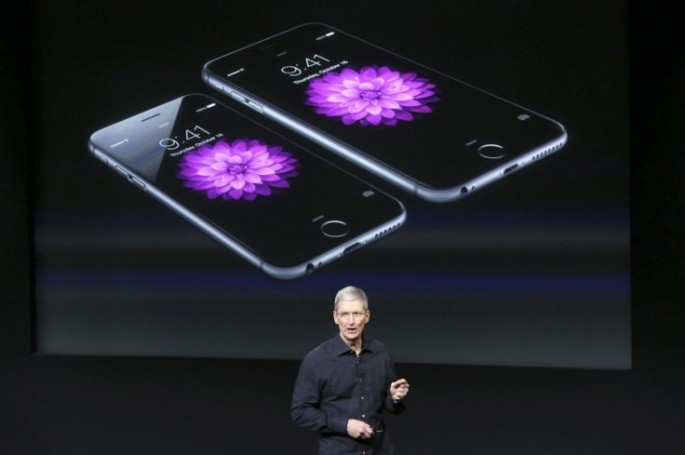Analyst Ming-Chi Kuo of KGI Securities is already giving comments on the next batch of Apple’s smartphones, stating that iPhone 7 could be the thinnest yet smartphone.
Ming-Chi Kuo has the most accurate report on Apple devices, adding that Apple Inc. is aiming to produce the iPhone 7 with a thickness between 6 and 6.5 millimeters only which is thinner than Phone 6's 6.9 millimeters, Apple Insider reported.
Apple is lining up the next iPhone to iPod touch or iPad Air 2, both of which are 6.1 millimeters thick. If Kuo’s predictions are really accurate enough, it is indicated that the thinness of the next-generation iPhone means difficulty in achieving higher resolution displays.
Also, it will also use similar technology to power up Force Touch in its 2016 iPhone upgrade. iPhone 7 is most likely to incorporate touchscreen sensors into an LCD screen that offers thinner displays.
The company also considers to go back to glass-on-glass touch panel technology, using an added glass layer for touch sensors. Glass-on-glass technology also means bezel-less iPhone, which is better for touch sensitivity on the edges than the in-cell technology. Apple fans can expect that there will be new update in 2016 about the new chassis that will distinguish it from the iPhone 6 series.
Meanwhile, the Cupertino-based tech giant will unveil iPhone 6s this Sept. 9 with the same chassis as iPhone 6. It has several upgrades including Force Touch display, 12-MP camera, a faster "A9" processor, 2GB of RAM and better screen resolution. It will also feature 7000 aluminum that makes is a little over 7 millimeters thick, according to International Business Times.
iPhone 6s comes with a new color as well; a new rose gold color option to join the space gray, white and gold appearance. The new iPhone is also expected to allow the pressure sensitive input on its display using the flexible printed circuit board technology.
Historically speaking, Apple Inc. has a history of redesigning its iPhone every two years with “s” upgrade that resembles the predecessor in the years in between.



























